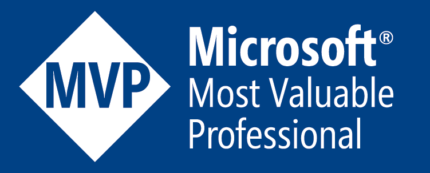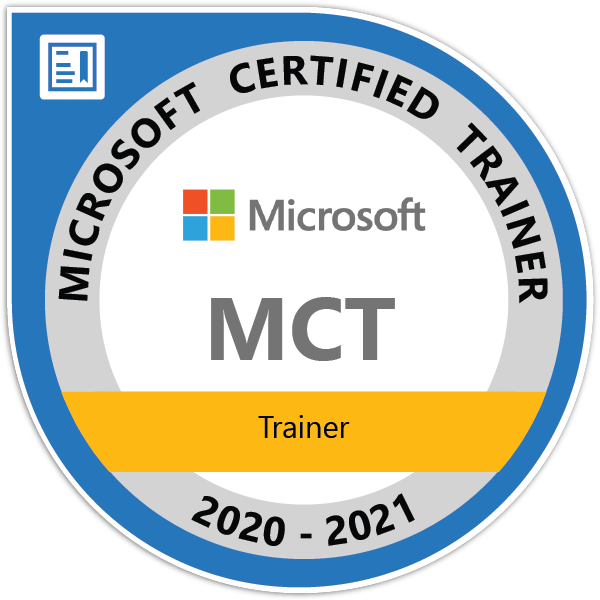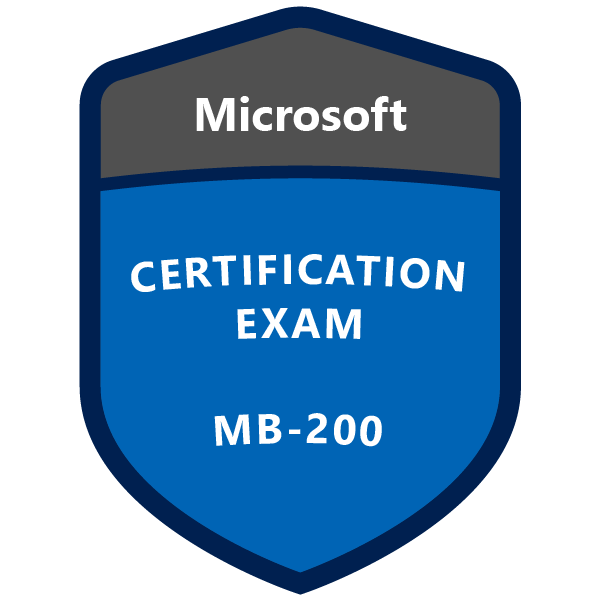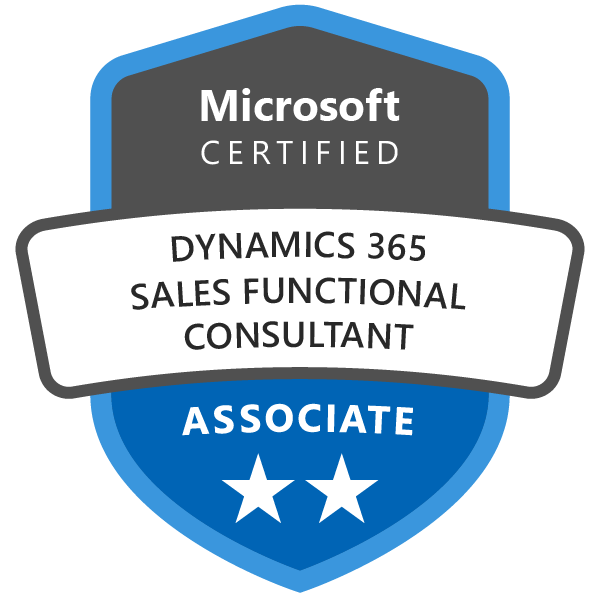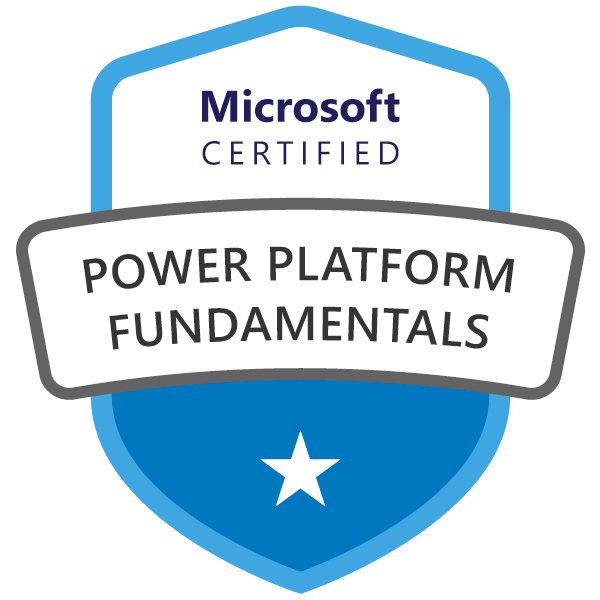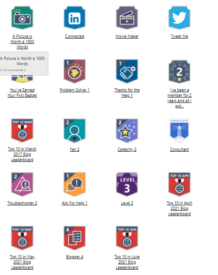CRM Deployment Best Practice
While Deploying Dynamics CRM Solutions we should follow the proven best practices and some pre and post deployment check lists to ensure a proper deployment.
The deployment best practices depends on the deployments you choose, as there are different considerations for each. As an overview, with Microsoft Dynamics CRM On Premises you would have to install, configure and maintain your CRM infrastructure along with its integration points.

Azure-Hosted Microsoft Dynamics CRM Infrastructure means you can run a Dynamics CRM infrastructure on Microsoft Azure Infrastructure Services (IaaS) with Azure Premium Storage for production workloads.
Microsoft Dynamics CRM Online lets you take full advantage of Microsoft cloud speed, scale and economics as well as frequent product release and updates bringing you more innovation and business relevance each time.
There might be multiple environments in organizations. A typical environment flow given. For downstream environments deployment process may not be that much critical but production deployment is very important.

Points of Interest
Before production deployment we must consider the below points.
- Is it required a business downtime ?
- Is there any external party needs to be notified?
- Is there any back up required to be taken care of?
- What are the pre-deployment steps need to be followed?
- Is there a ready-to-refer deployment step document prepared ?
- What are all Post-Deployment steps need to be followed?
- What tests need to be carried out after deployment successful?
- How many nodes are available in production environment?
- Is there any process/job need to be taken care during deployment?
- Is any config data need to be loaded in target environment?
So these are the point you must give special intention. Read Hosk article here. Follow the Administration best practices for deployment.
Below are the best practices you can follow while deploying CRM solution.
- Follow the deployment document steps and check lists.
- Checklist ensures we are following the steps correctly.
- We can submit the checklist completion to business to proof all work is done properly.
- You should be aware of the CRM solution concept so that while importing solution if there is any error then you can analyse.
- Be aware of size of the solution. For Microsoft Dynamics CRM Online the maximum size for a solution is 29.296 MB.For on-premises organizations, the default maximum size for a solution is 6 MB, but this can be increased as needed.
- For solution import errors follow the below links
- Time OUT Error While importing solution
- Assembly must be registered in isolation error while importing error. This error comes if the login user is not added in Deployment Administrator group. So add the user as Deployment admin and try importing the solution again. Another reason for this error is while importing solution in online CRM. If the plugins are not registered in isolation then this error comes.
- You should have a deep knowledge on CRM SDK.
- Understanding CRM SDK will help to understand the components and binaries used in the components in the solution.
- Document the Deployment process with checklist.
- If there is not a ready made document available to follow then prepare a deployment step document for future reference.
- After Deployment Duplicate detection rules should be published if automatically unpublished.
- I have seen instances where the duplicate detection rules get auto-unpublished if the crm solution contains the entity in the release. so we need to manually publish after deployment.
- Do not leave the production deployment to one person. at lease there should be two people.
- As production deployment is very critical so its better to put at least two resource to do the task. By this way there will be less mistakes in deployment. Also the resource will enjoy doing the boring tasks of deployment.
- Do not use personal user accounts
- Always use system account for deployment as the personal user account is not fully privileged for all types of deployment.
- Take proper backup.
- Before any deployment it is strongly recommended to take proper back of of the existing system.
- if any problem occurs then we can roll back.
- Prepare Release Notes
- There must be a release note in every deployment to ensure what components are involved in the release and configuration elements of a specific change.
- Component Deployment Best Practices
- As we know there are various components involved in a deployment like as below.
- CRM Solution ZIP(Managed/Un-Managed)
- Master Data
- Configuration Data
- Batch jobs ( Console Apps)
- Custom Websites
- Custom Web Services
- Connector Maps etc
- So decide how these components are deployed properly in all environments as all these components deployment methods are different.
- As we know there are various components involved in a deployment like as below.
- Deploy a solution using the developer toolkit. Learn how to do it.
Thanks for reading… Please add your comments if I am missing something..


